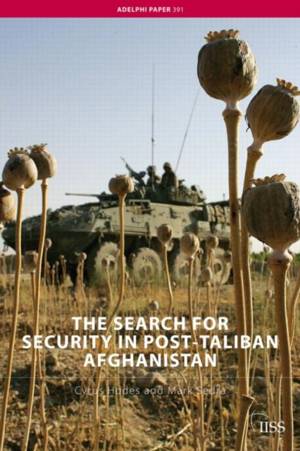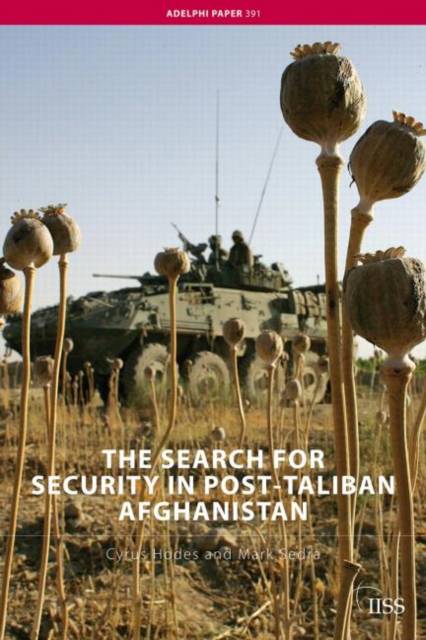
- Retrait gratuit dans votre magasin Club
- 7.000.000 titres dans notre catalogue
- Payer en toute sécurité
- Toujours un magasin près de chez vous
- Retrait gratuit dans votre magasin Club
- 7.000.0000 titres dans notre catalogue
- Payer en toute sécurité
- Toujours un magasin près de chez vous
Description
By the middle of 2007, Afghans had become increasingly disillusioned with a state-building process that had failed to deliver the peace dividend that they were promised. For many Afghans, the most noticeable change in their lives since the fall of the Taliban has been an acute deterioration in security conditions. Whether it is predatory warlords, the Taliban-led insurgency, the burgeoning narcotics trade or general criminality, the threats to the security and stability of Afghanistan are manifold. The response to those threats, both in terms of the international military intervention and the donor-supported process to rebuild the security architecture of the Afghan state, known as security-sector reform (SSR), has been largely insufficient to address the task at hand. NATO has struggled to find the troops and equipment it requires to complete its Afghan mission and the SSR process, from its outset, has been severely under-resourced and poorly directed. Compounding these problems, rampant corruption and factionalism in the Afghan government, particularly in the security institutions, have served as major impediments to reform and a driver of insecurity.
This paper charts the evolution of the security environment in Afghanistan since the fall of the Taliban, assessing both the causes of insecurity and the responses to them. Through this analysis, it offers some suggestions on how to tackle Afghanistan's growing security crisis.
Spécifications
Parties prenantes
- Auteur(s) :
- Editeur:
Contenu
- Nombre de pages :
- 120
- Langue:
- Anglais
- Collection :
Caractéristiques
- EAN:
- 9780415438834
- Date de parution :
- 01-03-08
- Format:
- Livre broché
- Format numérique:
- Trade paperback (VS)
- Dimensions :
- 155 mm x 229 mm
- Poids :
- 249 g

Les avis
Nous publions uniquement les avis qui respectent les conditions requises. Consultez nos conditions pour les avis.






